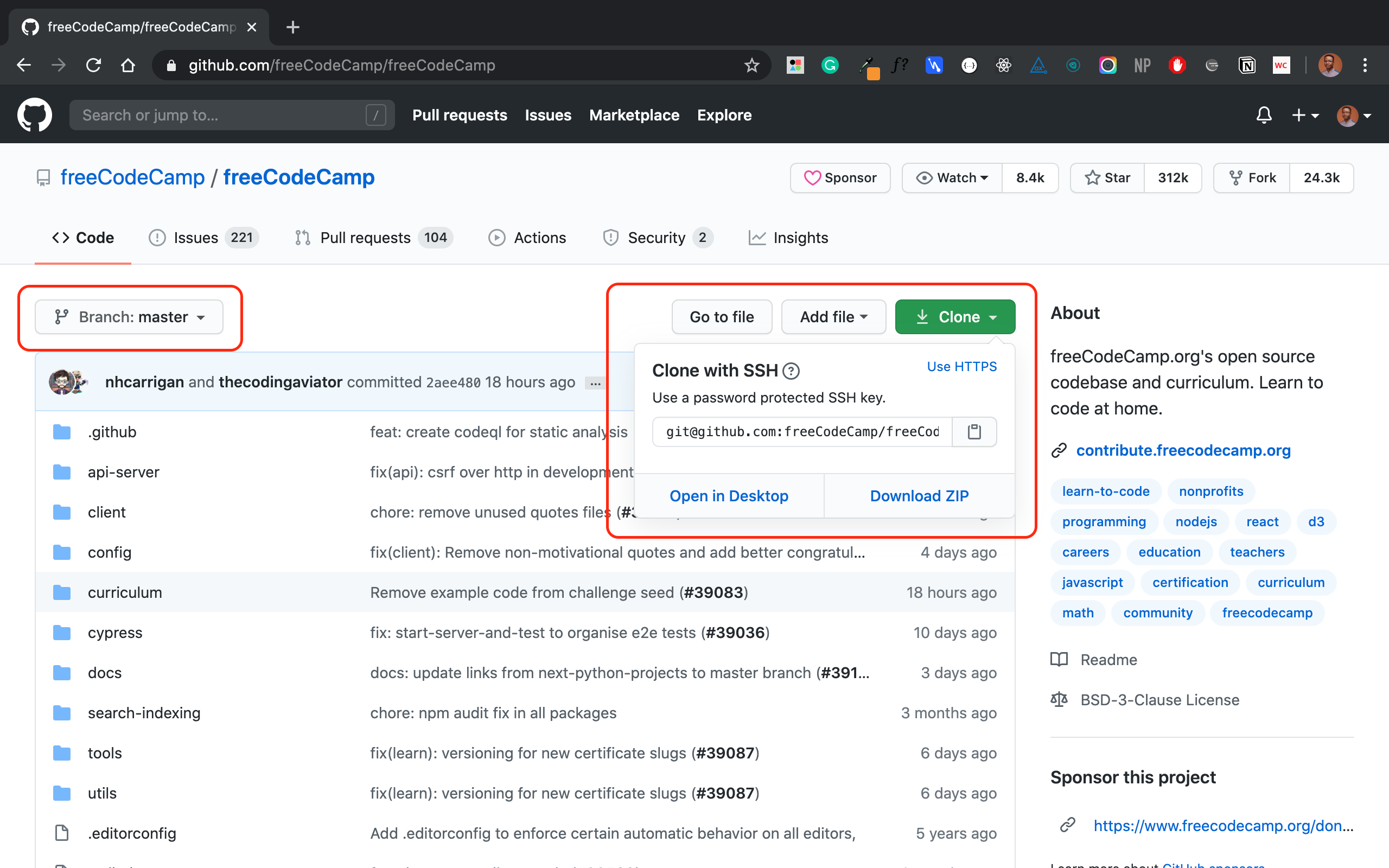

Step 4 Change default branch to ‘main’ on GitHub site. to create a new branch in git, open your command prompt or git bash and enter into your cloned git repository. Creating a branch At the top of the app, click Current Branch and then in the list of branches, click the branch that you want to base your new branch on. Step 1 Move the ‘master’ branch to ‘main’ Run the following command which creates a branch called ‘main’ using the history from ‘master’.

CREATE NEW BRANCH FROM MASTER GIT HOW TO
The two branches don't seem like they have diverged that much, so the risk of totally screwing up the code base is minimal. How To Create a New Branch in Git-DecodingDevOps. Don't sweat this decision too much given the situation you described. To begin, we will need to create a separate directory and then initialize Git on it: 1 mkdir learn-git 2 cd learn-git 3 git init. If the comments branch has not been pushed yet, rebasing this branch on dev will rewrite the history of the comments branch to look as though it had been created from dev in the first place.Įven though it does matter which branch you create a new branch from, git allows you make corrections to the history of the branch prior to pushing it. There are three basic approaches to follow when you need to create a Git branch from master or main. If you added commits to the comments branch you can just merge dev into comments and move on with your life. If you created the comments branch from blog_posts and meant to create it from dev, merging dev into the comments branch results in a fast forward merge if no commits were added to the comments branch. So yes, it does matter which branch you create the new branch from, however.ĭon't worry too much about this. Upon creating the comments branch it will point to the tip of blog_posts, which would not contain the merge commit. I'm going to assume the git commands that were executed were roughly: git checkout devĪs of merging blog_posts into dev you could potentially create a merge commit in dev that does not exist in blog_posts if you have not merged the latest from dev into blog_posts. You want to create a new branch, but you want to create the branch at the last commit where origin/master is. Step 2 To create a branch, click on the Branches. If you git init a new repo and then immediately branch off the empty master branch, your new branch will have only the default master branch commit. You have made 52 commits to master and you are now ahead of origin/master. What you call "featureb" I will call "comments". Step 1 Login to your GitLab account and go to your project under Projects section. What you call "featurea" I will call "blog_posts". Let's say you are building a blog web application. Add -u parameter to set-upstream.I always work better with concrete names, so I will make up a few branches.
It looks like this: git checkout -bPush the branch on github : $ git push origin

$ git pullĬreate the branch on your local machine and switch in this branch : $ git checkout -b Moreover, this command will leave the current branch as it.
When you do a pull request on a branch, you can continue to work on another branch and make another pull request on this other branch.īefore creating a new branch, pull the changes from upstream. The git checkout -bEach time that you want to commit a bug or a feature, you need to create a branch for it, which will be a copy of your master branch. In your Github fork, you need to keep your master branch clean, by clean I mean without any changes, like that you can create at any time a branch from your master.


 0 kommentar(er)
0 kommentar(er)
